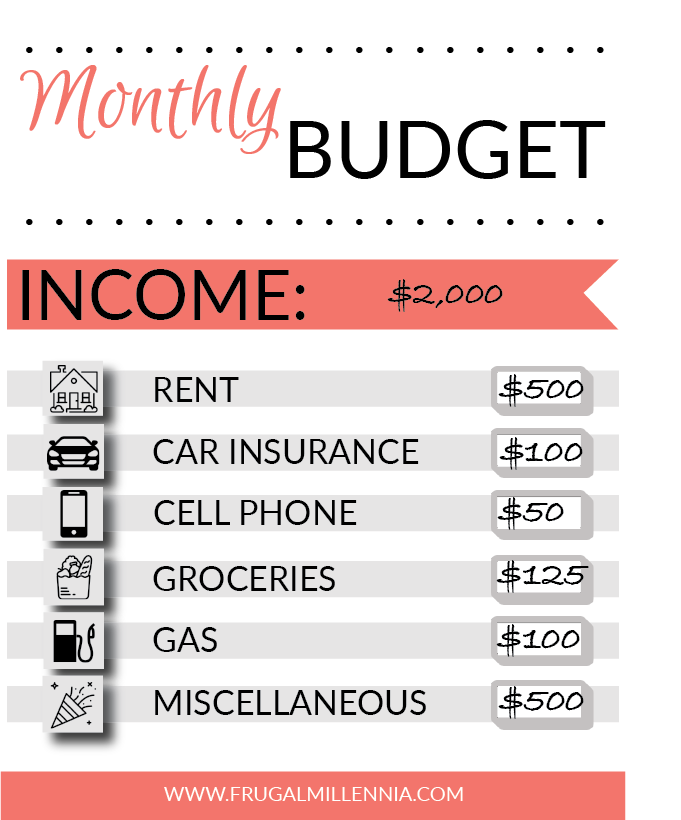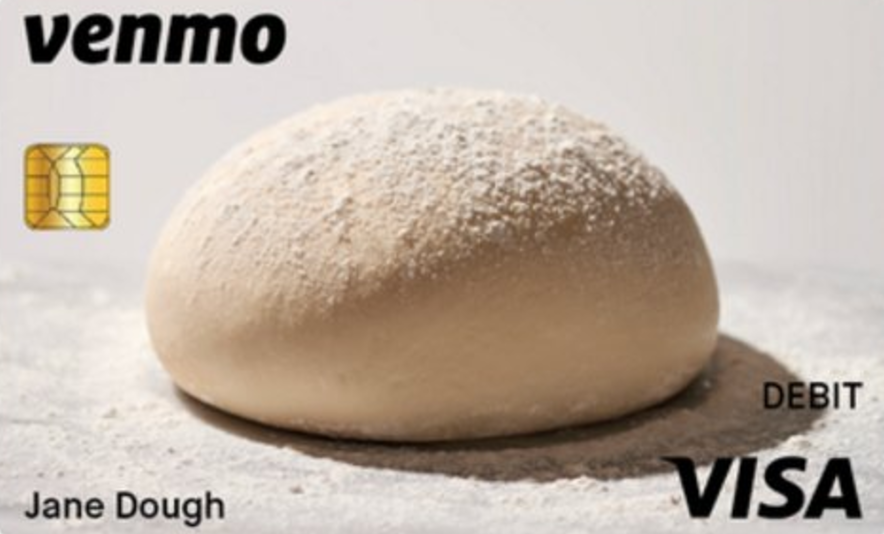If you’ve followed my story, you probably know that I’ve been very anti-credit cards for the past 5 years. I’ve been following Dave Ramsey’s Debt Snowball to pay off my student loans, build an emergency fund, save for retirement, and prepare for a downpayment on a house. For those of you who aren’t familiar, the name Dave Ramsey is synonymous with being anti-credit and anti-debt. While following Dave Ramsey has been a great way for me to get ahold of my finances and set myself up for success, a few months ago something changed. I decided if I wanted to buy a house someday with an affordable interest rate, I was going to have to play the credit game.
I knew the two fastest and easiest ways to build a credit were (1) taking out an auto loan or (2) applying for a credit card. Since my 2006 car is still alive and kicking, knock on wood! I decided the best route for me to build my credit was to apply for a credit card. While the average American has $6,375 in credit card debt, I’ve been able to avoid going into debt, and instead reap the cashback rewards. By combining basic human psychology with a little trial and error, I’ve been able to win the credit card game, here’s how I’m doing it.
Choosing the Right Credit Card
Before I opened my first credit card, I did a lot of research. I knew I was going to avoid store credit cards at all cost. In college, I worked for Gap and I know how useless it is to have a store credit card. Store cards offer the best deals and rewards for shopping that particular brand. Store credit cards charge a lot of interest for carrying a balance. Plus, they subconsciously encourage you to overspend with a particular store brand in order to reap the rewards.
Being the Frugal Millennial, I try to be brand agnostic. That’s not to say I don’t favor certain brands and stores, but rather than forcing myself to shop at one particular store all the time, I always do my research to make sure I am getting the best deal. I know myself well enough that if I had a store credit card I would be tempted to shop at that store more often, even if I wasn’t getting the best deal. With this in mind, any store-specific credit card was not an option for me, sorry Amazon.
No Annual Fees
In order to choose the best credit card for me, I headed to Nerd Wallet’s website. My number one requirement was that it didn’t have an annual fee. Call me old-fashioned, but I was not about to pay an annual fee to carry around a piece of plastic. To pay $99 or even $69 per year to swipe a magnetic piece of plastic is ridiculous.
I know some of you out there are going to tell me there are amazing credit cards that carry annual fees. I’m sure there are, but those cards are not for me. I spend very little. In fact, I calculated what my annual rewards would be if I kept my normal spending habits. Any rewards that I would earn would be offset by the annual fee. In order for me to maximize my rewards, I needed to find a card that did not have an annual fee.
Cashback
After I filtered through cards without annual fees, I looked for credit cards that offered cashback. I wanted to be in charge of how I earned and used my rewards. I didn’t want to be limited to airline miles which often expire and are tied to one airline. In essence, I wanted straight cashback on every purchase.
Beyond that, I didn’t want the cashback to be determined by rotating categories. I know myself and basic human psychology. If I chose a card that used rotating categories to reward my spending, I would alter my spending habits to fit within those categories so that I could earn more cashback. I needed to find a credit card that fit into my lifestyle, not the other way around.
My Favorite Credit Cards
After doing hours of research, I narrowed my top choices to the following list. Keep in mind, all of these cards offered cashback and $0 annual fees.
My top choice was the Citi Double Cash Card. This card offers 1% cashback on all purchases and an additional 1% cashback when you pay the bill, for a total 2% cashback. Plus, it was a nice incentive to pay the card off in full every month and earn the additional 1% cashback right away. If you’re a regular Frugal Millennial follower, you know that I applied for and was rejected from the Citi Double Cash Card.
My second choice was the Fidelity Rewards Visa Signature Card. I liked this card because it offered an unlimited 2% cashback on every purchase with no annual fee. Even more, your cashback could be added to your existing Fidelity investment account. Check out how much more you would earn over time by investing your cashback rewards.
My third option was the Chase Freedom Unlimited card. With this card, I would earn 1.5% cashback on each purchase. While the cashback amount isn’t as high as the Citi Double Cash or Fidelity Rewards Signature Visa, in the grand scheme of things 0.5% was going to be a difference of an extra few dollars a year.
Winning with Credit Cards
Create a Budget
I talk about the benefits of budgeting constantly on my blog. If you want to win with money you need to create, and stick to, a written monthly budget. I’ve had roughly the same monthly budget for the last 3 years. I know exactly how much money I can spend each month in order to have fun and build wealth. When I opened my first credit card I didn’t change my spending habits. As I mentioned, my spending habits are so consistent that before I even opened my credit card, I calculated how much I would earn annually in cashback rewards. That way, I wouldn’t be tempted by the allure of earning more cashback by spending more than I normally would.

By sticking to my regular monthly budget and not altering my spending habits, I have not only been able to pay off my credit card in full, every month. But I have also been able to continue to build wealth. I’ve been able to avoid the credit card trap that so many Americans fall into and it started by creating and sticking to a written monthly budget.
Use One Card
You know the saying, “keep it simple, stupid”? That’s how I try to keep my finances. The more you complicate things, the more likely you are to make errors. I only have one credit card and put all of my purchases on it. I don’t worry about using a specific card for travel purchases, another card for gas, and yet another for groceries. It’s too complicated to remember which card to use for what and even more complex to remember which card needs to be paid when.
If really stop to think about how much more cashback you would earn by using multiple cards it’s probably marginal. Unless you’re a big spender, it’s probably not going to be worth the time and hassle to use multiple cards.
The Credit Card Game in a Nutshell
I consider managing finances like playing a game. At the end of the day, there are winners and losers. If I’m able to spend wisely and budget accordingly, I consider myself a winner. On the other hand, the months when I let myself spend frivolously and overspend (yes, I am human), I consider myself a loser. By sticking to a written monthly budget and choosing a credit card that fit into my existing lifestyle, I have been able to avoid credit card debt and instead reap the rewards. In essence, I have been able to win with credit cards.
Stay Frugal. Stay Fiesty.







